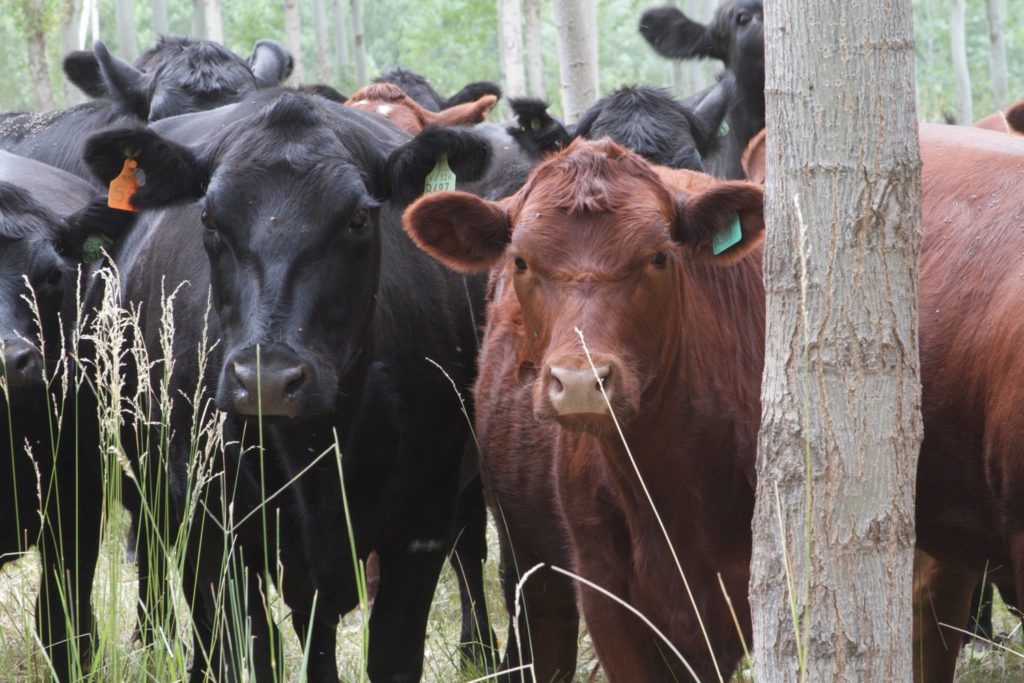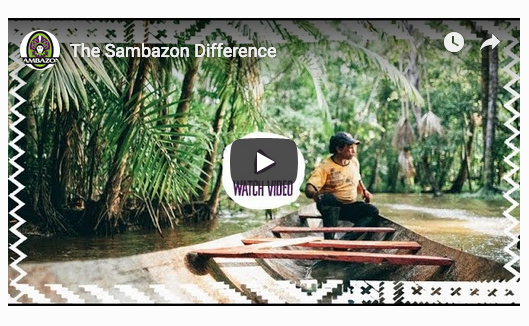
by Harry Greene | April 11, 2019
Payments for ecosystem services have occurred. This is fantastic! But when we ask our aunt or a business to pay to offset their carbon footprint, they often look at us sideways. It makes them uneasy, and they can’t always explain why. Businesses, no matter how green their brand is, have a tendency to humor carbon payments and payments for ecosystem services. Often, they then go quiet or back-pedal. The private sector under-invests in ecosystem services, but let us not be sour about it: these people are acting rationally, and today we will explain their rationality.
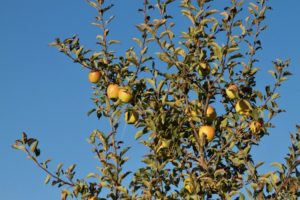
We’ll do this by examining a network of farmers in Brazil’s Atlantic Rainforest that went grass-fed and planted fruit trees. They made more money and produced more milk while providing ecosystem services. They saw an 18% IRR from açaí silvopasture. Coupled with an analysis of the economics of ecosystem services, there is much we can learn from them. Today we ask:
When and how will markets will pay for ecosystem services?
How should governments, NGOs, and brands intervene in this particular market failure?
What is Agroecology?
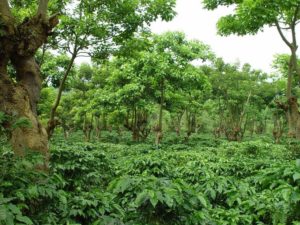
Agroecology hosts a myriad of definitions. Simply: it is agriculture that is ecologically and socially sound at its core. Let’s look at two examples:
- A coffee growers cooperative in Nicaragua shortens their supply chain, sells direct-to-consumer, and distributes that value to its members. Member farmers plant shade trees on their farms to improve coffee quality while the timber serves as a savings account.
- A grass-finished-beef farmer eliminates the need to buy hay after implementing holistic planned grazing. Her bottom line increases due to reducedcosts. She plants shade trees to protect the cattle from the hot sun. The cattle gain weight more quickly, and the timber serves as a savings account.
What are ecosystem services? Will the free market pay for them?
Ecosystem services are the many and varied benefits that a healthy and intact natural world provides us with: clean water, clean air, climate stabilization, and the control of disease. The catch is that even though ecosystem services are useful and valuable, purely-self-interested people won’t pay for them — and market economics, which is today’s lens, assumes that people act exclusively in their own self interest.

In economics jargon, ecosystem services are classified as a public good, because they are non-rival and non-excludable. A good is non-rival when use by one person does not inhibit another person from also using it: Jack and Jane don’t compete for the clean air that a forest provides. A good is non-excludable when if we pay for it, we cannot prevent those that haven’t paid for it from benefiting from it. Tax-paying Americans benefit from military protection, but they cannot exclude French tourists in Yellowstone National Park from benefiting from that same protection were a foreign power to attack the United States. This combination of non-rivalry and non-excludability creates the conditions under which purely self-interested people will not pay for ecosystem services. Consequently, a free market will not pay for ecosystem services, and they must enter the market by alternate means.
Farmers, like the rest of us, follow money, not rules.
A case study by Schmitt, Farley, Alarcon, Alvez, and Rebollar in the Atlantic rainforest of Santa Catarina shows how farmers increased both their net income and food production while increasing their farms’ ecosystem-service yields. Santa Catarina is an agricultural zone in Brazil’s Atlantic Rainforest Biome. The region has been 90% deforested for agriculture: landslides, flooding, and poor downstream water quality result. The Brazil Forestry Code legally mandates that 20% of the region must be forested, hilltops and slopes of over 45% must be permanently forested, and riverbanks must 100-foot forested buffers. However, these laws are poorly enforced, and farmers choose to follow a path to income rather than follow rules: returning this land to non-anthro forest would result in abject poverty. Here we examine how açaí agroforestry and grass-fed dairy lifted Brazilian farmers out of poverty and while making the environment better.
Agroecology brings ecosystem services into the market economy.
Agroecology brings self-interested consumers and land managers to make choices that inherently benefit the environment. Agroecological systems that mimic natural processes will yield ecosystem services at a profit.
In Santa Catarina, a network of 500 dairy farmers improved their grass management and planted fruit trees. Their localized water cycles improved, they sequestered carbon in their soils, and their incomes rose. Many farmers chose to plant açaí palm, which shows an 18% internal rate of return. This means that had the farmers taken on debt to finance their trees, an 18% interest rate would have made the investment worth zero dollars. Açaí fruit (ah-sigh-ee) is a berry that grows on palm trees. Folks make nutrient dense smoothies and smoothies-in-a-bowl with it.
Management Intensive Grazing involves managing grass-fed beef, dairy, and sheep herds to optimize for a plentiful and consistent supply of grass. In Santa Catarina, great grass availability resulted in consistent and increased farm income.
Of the 500 farmers that implemented Management-Intensive Grazing:
- 91% increased their herd size without an increase in inputs.
- 90% increased total yield per cow and total revenue
- 49% decreased labor inputs; 27% increased
- 98% said that the investment was generating the desired returns
- 85% said that the project improved their quality of life
Environmental effects of Management-Intensive Grazing included:
- 85% claimed that the soil was moister during droughts
- Total vegetation coverage increased from 2% to 72%
- 85% of farmers noticed an improvement in soil quality
These results are consistent with cold climate crops. Blackcurrants are the açaí of the north, and management-intensive grazing amounts to well-managed grass-fed beef and dairy.
Are more Farmers doing this?
Management-Intensive Grazing has a relatively low financial barrier to entry for those already managing livestock. Well-managed organic or 100% grass-fed dairy farms and grass-fed beef farms use the technique.
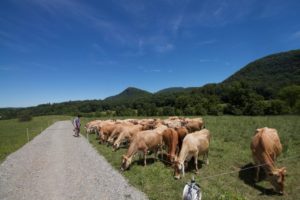
Even if financial returns from integrated tree-crop systems greatly exceed those of conventional agriculture, tree-crop adoption is stymied by lack of access to capital and the time-lag to yield. Interest rates in Brazil often exceed 40%, and trees take a few years to produce food and break even. This is consistent with barriers to adoption in the United States. Low-interest convertible debt or equity financing will provide avenues to adoption.
The investments needed to develop and market agroecological goods and services are often well-suited to public investment. By way of well-managed tree crops and grass-fed livestock, the free market will yield ecosystem services as positive externalities. But what role should governments and municipalities play? What role should NGOs, and forward-thinking brands play?
What role should governments, NGOs and brands play?
A single buyer is well-suited to structure payments for ecosystem services. Direct payments for ecosystem services must be a non-competitive, non-market transfer of value from the beneficiaries to the providers: from those downstream, to those upstream. This involves collective, non free-market land use decisions.
How can we successfully capture revenue from those who benefit from ecosystem services, and how can we dispurse payments to those who provide them? Two ways to do this are public investment and monopsonistic purchasing. A monopoly is a single supplier, whereas a monopsony is a single buyer.
Governments can invest in public investment, such as ports, as opposed to private goods, such as fertilizer. Doing so can increase agricultural output by up to 40% and significantly increase rural income. Australian agroforester Rowan Reid, in his book Heartwood, provides two avenues for public, NGO, or brand-driven investment that fit this narrative:
- First, actors can develop the physical and legal infrastructure required to support the industry, such as port facilities for exports, and enabling legislation. An example of this would be public or private investment in ecologically-sound growth markets. A municipality could kick-start a grass-fed dairy cooperative off the ground. A brand could spur latent demand for organic blackcurrants.
- Second, these actors can build the capacity of farmers, and those that service the sector, so that they are able to make better decisions. We would do well to enable farmers to outsource a portion of their R&D at no cost.
A monopsony circumvents competition.
A monopsony is a single buyer of a good or service. Monopsony is a condition of non-competitivity in which secondary actors cannot undermine an entity’s buyer power. A single buyer can drive prices down with its bargaining power: were a mining town to have a single employer, that firm could suppress wages. Alternatively, this single buyer can keep prices high.
In the lens of ecosystem services, non-competition will be favorable when this single buyer aggregates these benefits. While individual farmers may not use their scarce resources to plant trees to improve downstream water quality, a water treatment plant that is downstream may pay all upstream farmers to plant trees to filter the water if doing so is less expensive than spending money on treatment plant infrastructure.
We Americans need not look abroad to find a tangible example. New York City’s municipal water system is the nation’s largest. With $426 million, New York will continue their direct investment in the ecosystem services that provide clean drinking water. $180 million will go toward reducing pollution from working farms and managed forests, $150 million will combat eroding riverbanks, and $96 million will preserve land from development. This is in contrast to the $200 million that the municipality will spend to maintain and upgrade wastewater treatment plants.
Piecing together what we now know: the $180 million allotted to working farms should go toward investments that spur practices that will help farmers make more money. Working these leverage points will create vibrant ecosystems and rural prosperity. However these incentives manifest, they must be sufficient for farmers to adopt ecologically-sound practices. Nominal, insufficient investment is insulting and useless to farmers.
